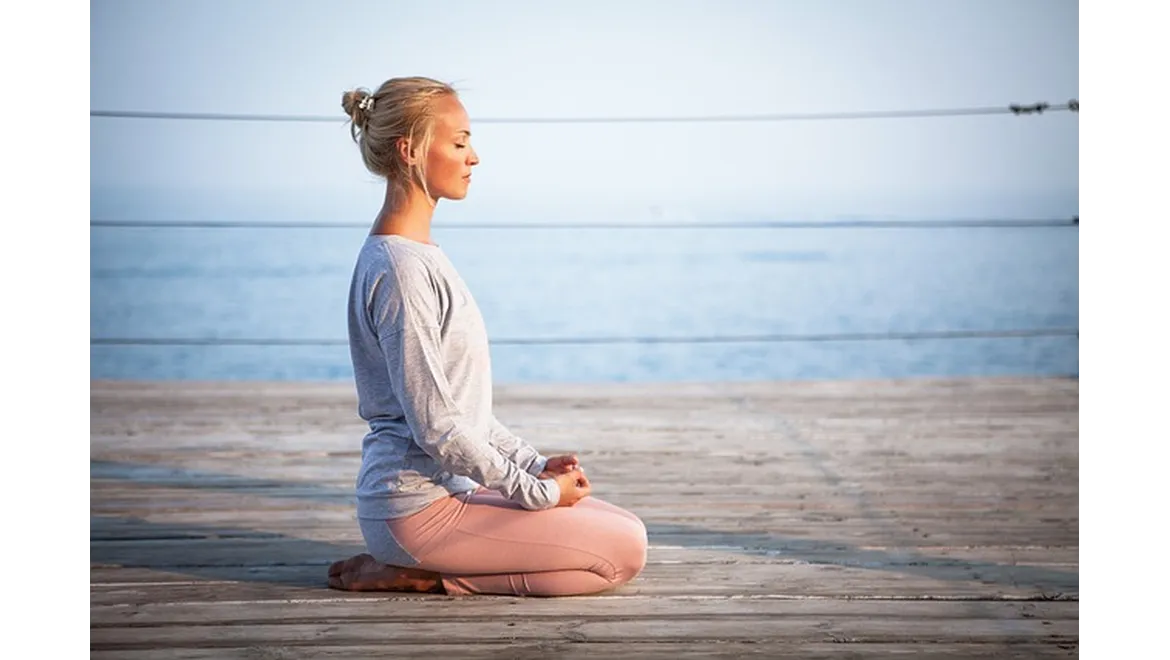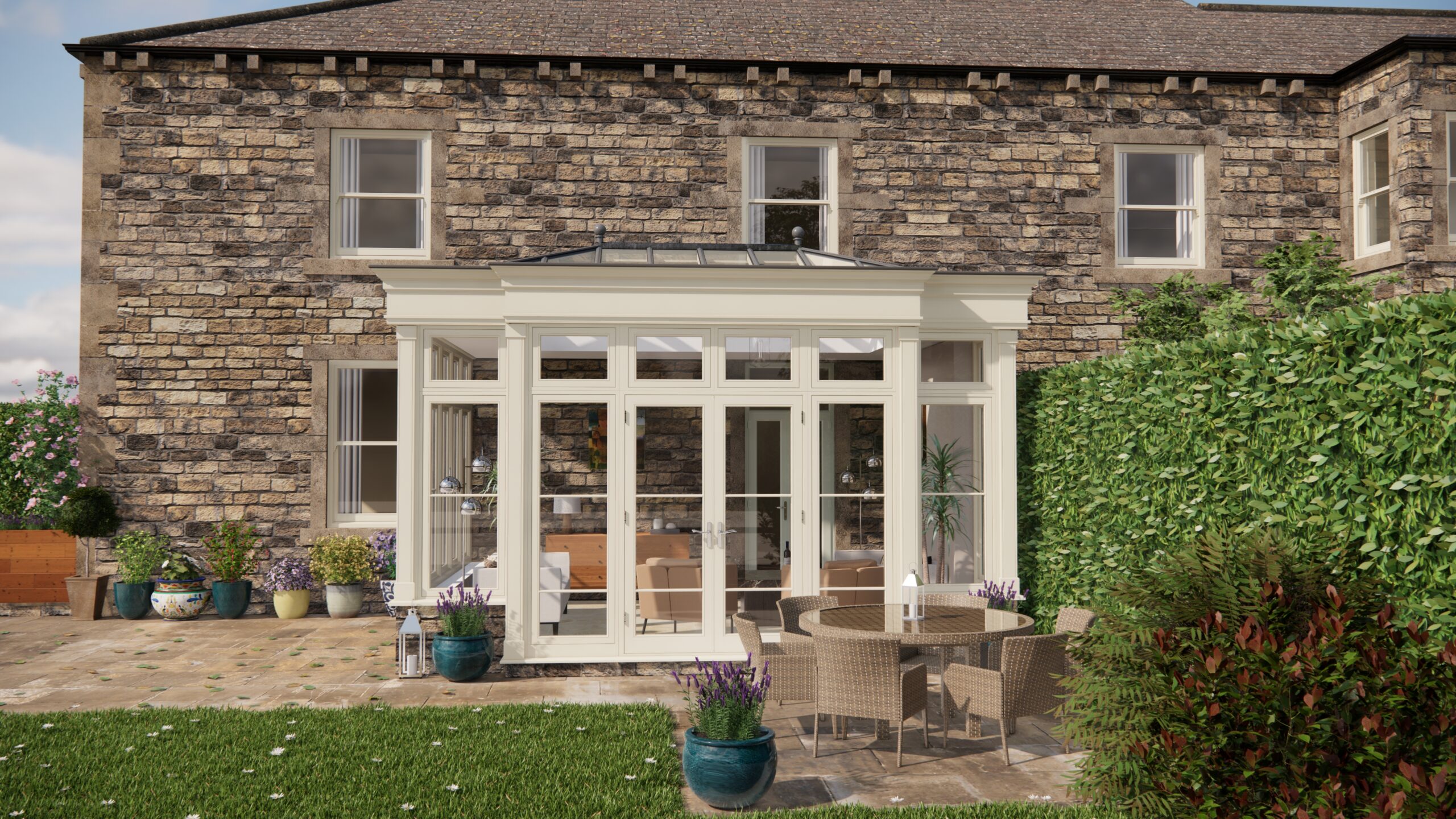Right then, settle in! Today, I’m sharing insights gleaned from a fascinating chat with Zoe, an interior design whizz specialising in creating calming home environments. We’re diving deep into the often-overlooked power of texture in crafting a truly relaxing space, especially when it comes to wellness activities like yoga and mindful movement. Forget just colour; let’s talk touch!
We started with the basic premise: how does texture actually affect our mood? Zoe explained it brilliantly: “Think of it like this – our skin is our largest sensory organ. What we feel directly impacts our nervous system. Warm textures, like velvet or chunky wool, tend to evoke feelings of comfort, security, and even a sense of being nurtured. Cool textures, on the other hand, such as smooth linen or polished stone, often feel refreshing, clean, and promote a sense of clarity.”
So, how do we translate this into practical design choices for a home yoga or relaxation sanctuary? Zoe suggested starting with a mindful assessment of your current space. “What textures are already dominant? Are they contributing to a feeling of calm, or are they creating a sense of unease, even subconsciously?” For instance, a room filled with hard, reflective surfaces might feel stimulating, but not necessarily relaxing.
Next, we tackled the strategic use of warm textures. “Imagine sinking into a plush velvet cushion after a yoga session,” Zoe mused. “The softness literally melts away tension.” She recommended incorporating items like:
- Velvet cushions and throws: Perfect for adding instant warmth and luxury to seating areas.
- Wool rugs: A thick wool rug underfoot provides a comforting base for yoga practice and feels wonderful during savasana.
- Knit blankets: Draped over a chair or sofa, a chunky knit blanket is an invitation to snuggle up and unwind.
Then we moved onto cool textures. “While warmth is comforting, cool textures can be incredibly beneficial for promoting focus and mental clarity, which is also really important to wellness”. Zoe talked about:
- Linen curtains: Allow natural light to filter through while adding a touch of breezy elegance.
- Smooth cotton sheets or throws: Offer a clean and refreshing feel, especially beneficial in warmer months.
- Stone or ceramic accessories: Think smooth river stones as décor or a ceramic water feature – they bring a grounding, natural element to the space.
Zoe emphasized that balance is key. “Don’t overwhelm the space with either extreme. The ideal relaxation zone should incorporate a mix of both warm and cool textures to create a multi-layered sensory experience.” The key is to choose textures that complement each other and resonate with your personal preferences.
Speaking of personal preferences, we chatted about adapting the space for different ages. Zoe suggested that for children’s relaxation areas, prioritize soft, washable fabrics like cotton or fleece. For older adults, consider textures that are easy to grip and offer good support, such as textured yoga mats or ergonomic cushions.
And what about orangeries? Zoe practically beamed. “Orangeries are fantastic! The natural light flooding in is already a massive plus. To enhance the relaxing atmosphere, use natural materials like woven rattan furniture, linen cushions, and plenty of plants. The combination of natural light, fresh air, and calming textures creates a truly restorative environment.” She suggested installing blinds so light can be blocked or managed so yoga can be practised at any time of day.
Zoe said that one consideration is that textures are easier to clean at home as well as being more hygienic and safe.
Zoe added that the feel of your space should be carefully chosen in the same way as the colours you chose. They should be colours and textures that you like and reflect your personality. This will make you feel at home and more relaxed in the area you are in.
So, there you have it. Crafting a relaxing home environment isn’t just about colour palettes; it’s about engaging all your senses, especially touch. By strategically incorporating a mix of warm and cool textures, considering age-appropriate materials, and maximising the benefits of natural light in spaces like orangeries, you can transform your home into a haven of calm and well-being. Experiment, have fun, and trust your instincts – you know what feels best for you!


